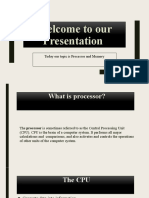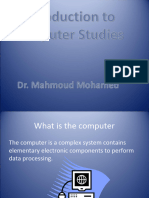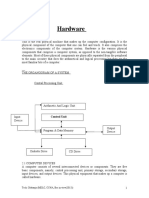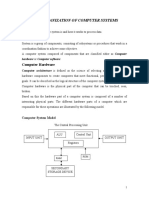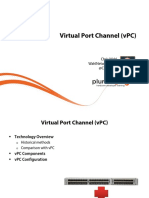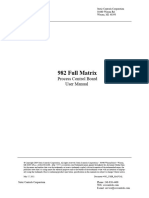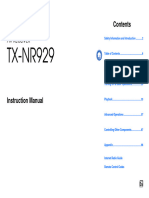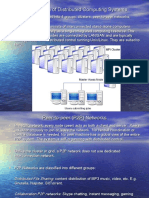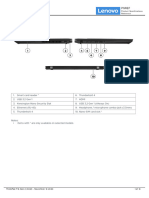0% found this document useful (0 votes)
11 views5 pagesAsg202506282323020606 0 181
Chapter 1 provides an overview of computer systems, detailing the components such as hardware, software, and their organization. It explains the roles of the CPU, memory types (RAM and ROM), storage units, and system buses, as well as the distinction between system and application software. The chapter emphasizes the importance of these elements in the functionality and operation of computers.
Uploaded by
drrishavradiologistCopyright
© © All Rights Reserved
We take content rights seriously. If you suspect this is your content, claim it here.
Available Formats
Download as PDF, TXT or read online on Scribd
0% found this document useful (0 votes)
11 views5 pagesAsg202506282323020606 0 181
Chapter 1 provides an overview of computer systems, detailing the components such as hardware, software, and their organization. It explains the roles of the CPU, memory types (RAM and ROM), storage units, and system buses, as well as the distinction between system and application software. The chapter emphasizes the importance of these elements in the functionality and operation of computers.
Uploaded by
drrishavradiologistCopyright
© © All Rights Reserved
We take content rights seriously. If you suspect this is your content, claim it here.
Available Formats
Download as PDF, TXT or read online on Scribd
/ 5
